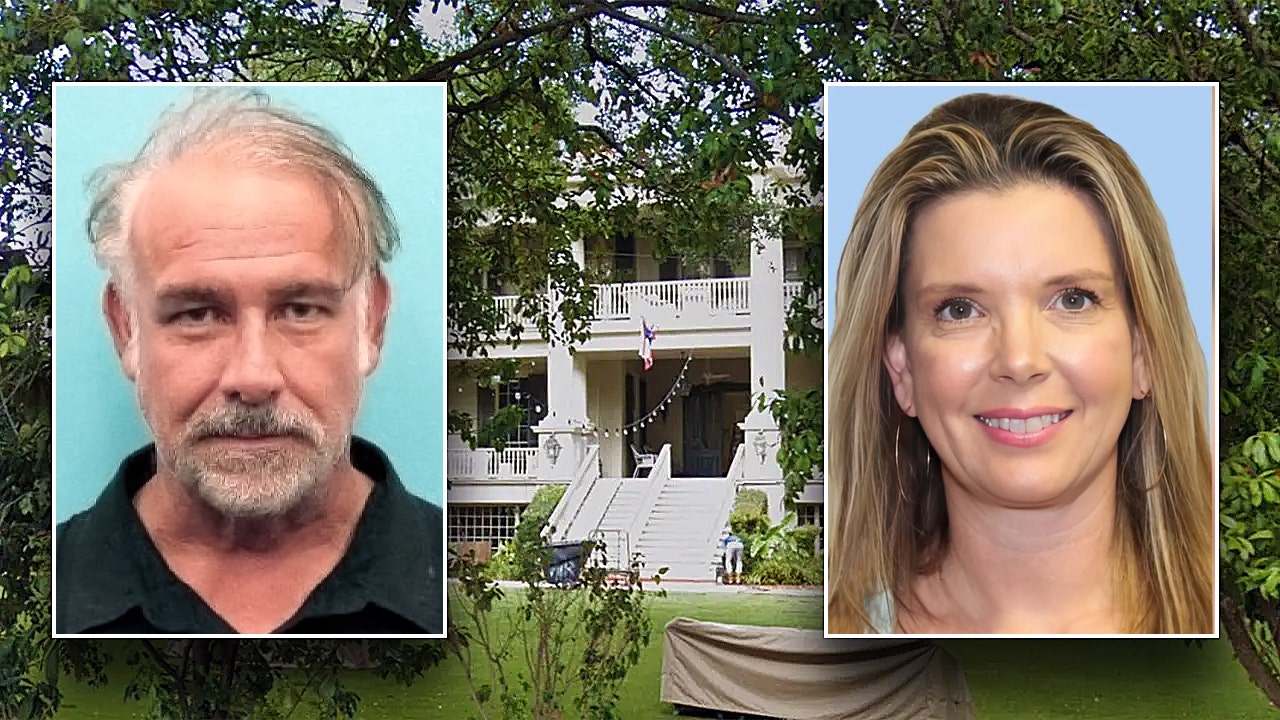The disappearance of Suzanne Simpson, a Texas mother of four, has captivated the public, sparking a wide-ranging investigation and raising questions about the role of her husband, Brad Simpson. Brad Simpson’s arrest and subsequent charges, along with the ongoing search for his missing wife, highlight a complex legal battle surrounding custody arrangements and the presumption of innocence. The case underscores the challenges involved in navigating domestic disputes when one party is missing and the other is implicated in potential crimes. This situation calls into question the intricate balance between protecting children’s well-being and upholding the rights of the accused, especially amidst accusations of violence and evidence tampering.
Brad Simpson’s Legal Battle for Child Visitation
Brad Simpson’s legal team has initiated a motion requesting modified visitation rights with his four children. This request seeks to alter a no-contact order currently in place as part of his ongoing legal proceedings. The defense argues that the no-contact order is unnecessarily restrictive, asserting that Simpson poses no risk to his children who are not involved in the charges against him, further solidifying the argument that he is not a flight risk. The court must now weigh the safety and best interests of the children against the rights of the accused.
The Defense’s Argument
Stephen Gilmore, Simpson’s attorney, contends that his client’s arrest on charges related to the assault of a family member, unlawful restraint, and possession of a prohibited weapon, along with a subsequent charge for tampering with evidence, do not inherently implicate his children’s safety. The defense points out that the children are not victims or complainants in these cases. Therefore, the court must evaluate whether there is sufficient evidence to maintain a complete no-contact order that impacts his parental responsibilities.
The Prosecution’s Perspective (Inferred)
While the prosecution’s exact stance is not explicitly detailed in this case overview, it can be inferred that they will argue maintaining the no-contact order is crucial to protect the children’s well-being until a full investigation is complete. This could involve an assessment of whether the home environment would provide suitable safety and protection considering ongoing domestic disputes and the serious accusations leveled against Mr. Simpson. The gravity of the charges and potential for harm in the children’s eyes are significant considerations in forming the prosecution’s defense against modifying the contact order.
The Missing Person Case: Suzanne Simpson’s Disappearance
The central event framing the legal complexities surrounding Brad Simpson’s request is the disappearance of his wife, Suzanne Simpson. Her absence is a pivotal factor informing judicial decisions concerning the custody of the children. The timeline of events surrounding her disappearance, reported to be after a dispute with her husband, is crucial to the unfolding narrative. The conflicting information necessitates a thorough and balanced investigation by law enforcement to help establish the order of events of that night.
The Events Leading to Suzanne’s Disappearance
Initial reports detail a disturbance involving Suzanne and Brad Simpson at a local club on the night she vanished. Witness accounts describe a physical altercation, followed by screams coming from a nearby wooded area, which could be the site of critical evidence, or contain further clues to her whereabouts. This physical evidence needs detailed forensics analysis to potentially determine the exact timeline of the events, who was present at the location, and to definitively connect the facts to the parties involved. The whereabouts of Suzanne Simpson need to be determined immediately as a sense of urgency has to be given to this situation.
The Role of James Valle Cotter
The involvement of James Valle Cotter, Brad Simpson’s business associate, adds another layer to the case. Cotter is implicated in hiding Simpson’s weapon, an alleged AK-47. His subsequent arrest on charges of evidence tampering underscores the potential complexity of the narrative around Simpson’s guilt or innocence. While the evidence suggests it was connected to the assault and unlawful restraint against Suzanne, it needs a clearer connection. Could other individuals have been involved or known about the hiding of the weapon and were they somehow involved with what happened to Suzanne? Was the weapon used to assault Suzanne, or had something entirely else transpired?
The Interplay Between Criminal and Family Law
This case poignantly demonstrates the intertwined nature of criminal and family law. Brad Simpson’s criminal charges and their potential implications on his parental rights make this situation incredibly sensitive. The ongoing investigation into Suzanne Simpson’s disappearance casts an intricate shadow over these considerations. The courts face the difficult challenge of balancing the preservation of children’s best interests with the fundamental rights of the accused, all whilst a major missing persons case hangs precariously overhead.
Custody Arrangements in the Context of a Criminal Investigation
The question of child custody becomes far more complex when one parent is accused of crimes potentially related to the other’s disappearance. Judges must weigh several factors, including potential harm to children, ensuring their safety and well-being, and weighing them up against ensuring the ongoing integrity of a transparent and effective investigation that could eventually lead to their parent(s).
Takeaway Points
- The Suzanne Simpson case highlights the complexities of navigating legal proceedings when a missing person is implicated in a criminal case.
- Brad Simpson’s motion to modify the no-contact order raises key questions about children’s safety and the presumption of innocence.
- The investigation into Suzanne Simpson’s disappearance is intertwined with the criminal case against her husband, Brad Simpson.
- This case demonstrates the interplay between family law and criminal law and the difficult judicial decisions involved in these complicated and overlapping situations.




